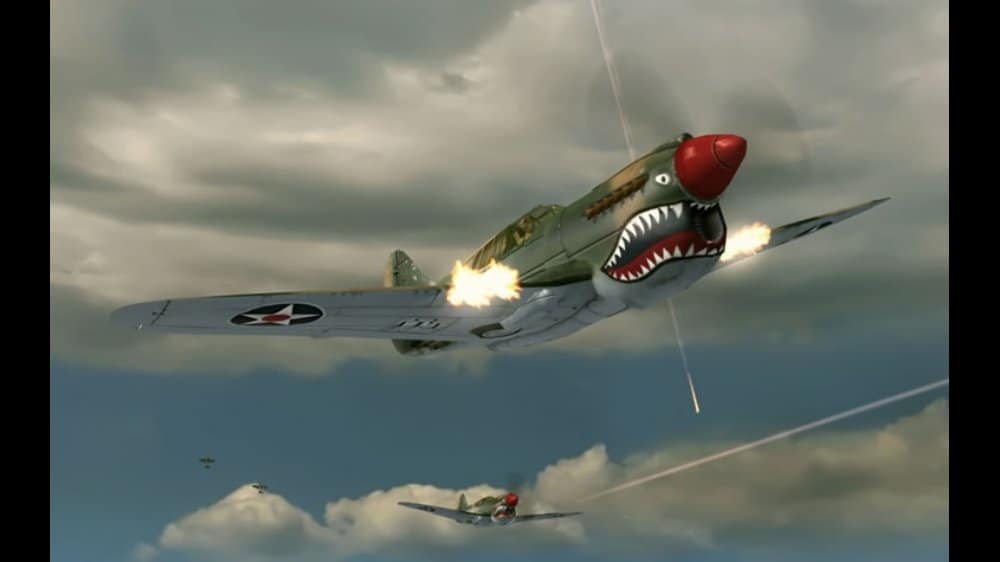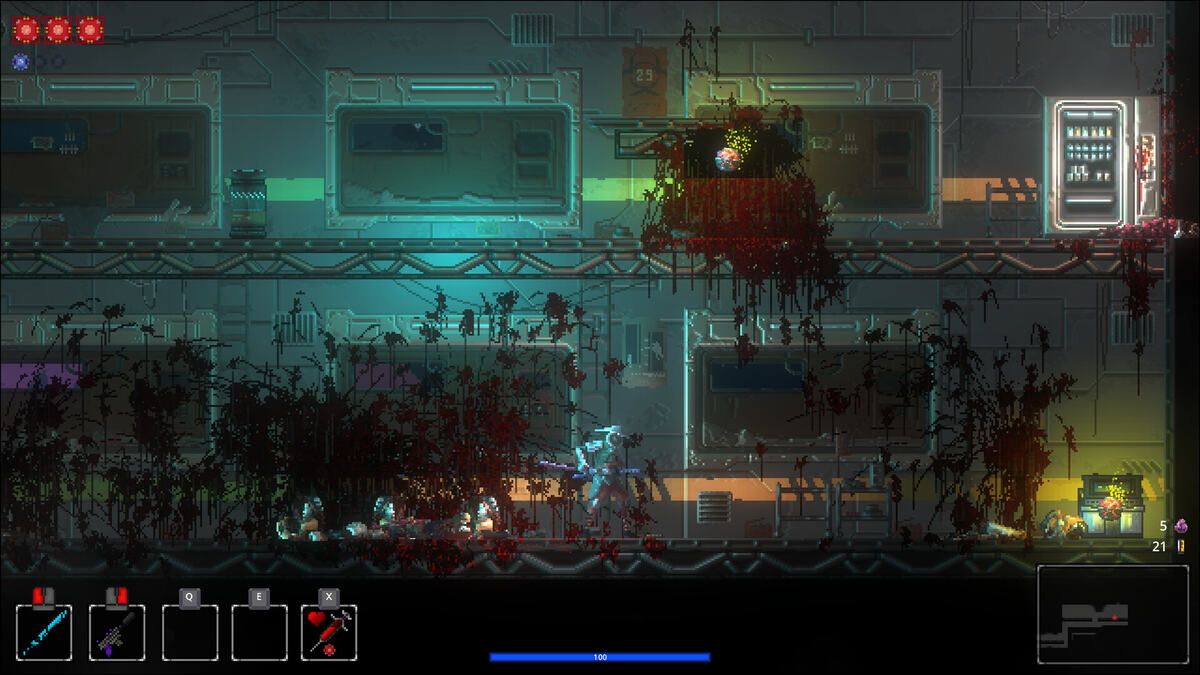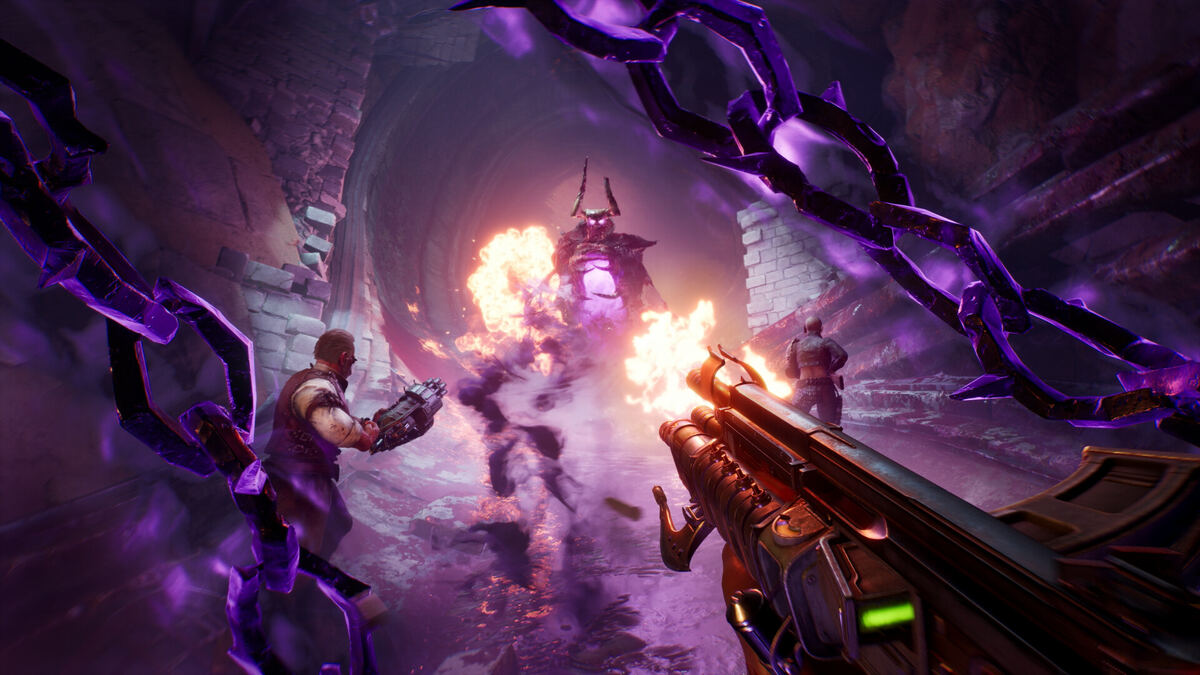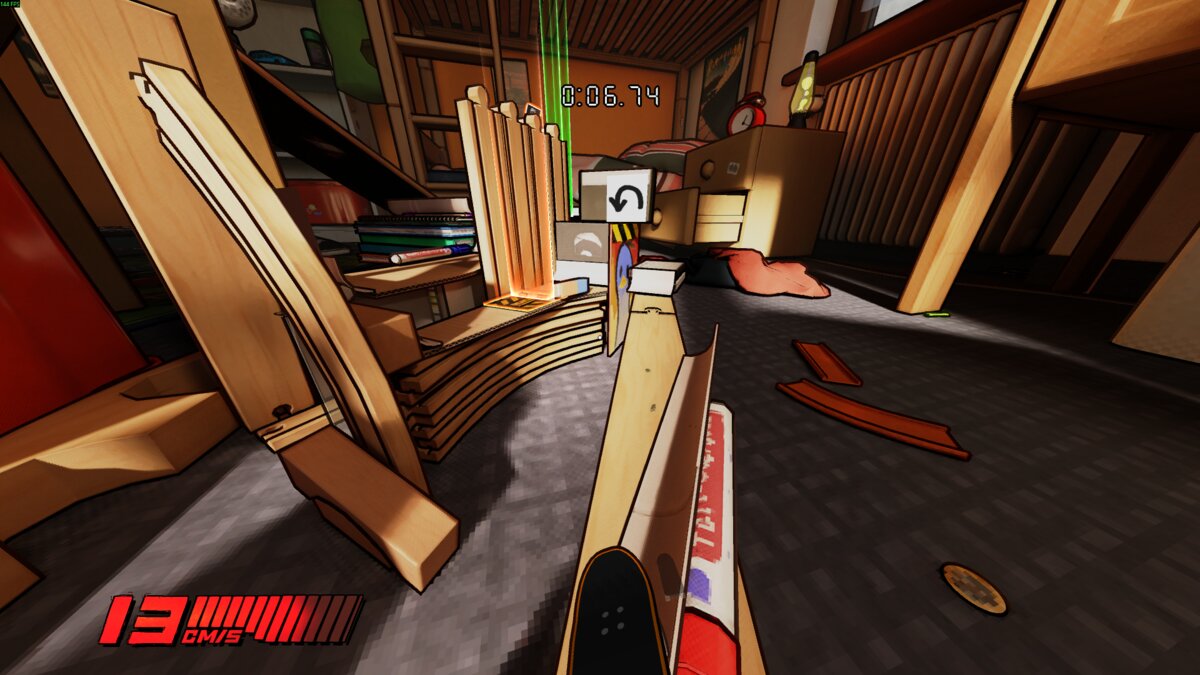You can trust VideoGamer. Our team of gaming experts spend hours testing and reviewing the latest games, to ensure you're reading the most comprehensive guide possible. Rest assured, all imagery and advice is unique and original. Check out how we test and review games here
Battlestations: Midway has one rather dubious claim to fame. A version of the game was once in development for the Gizmondo handheld, which as it turned out, was little more than a convenient way to swindle unsuspecting investors out of their money. Unsurprisingly, that version of the game never saw the light of day, and it’s probably just as well. Happily, other versions of Battlestations haven’t suffered the same fate, with an extended development period, starting out on Xbox, PS2 and PC, allowing plenty of time for refinement. Though the game now resides on Xbox 360 and PC only, it appears the time has not been wasted.
Set amidst the WWII conflict in the Pacific, Battlestations fuses action-shooter with real-time strategy, allowing the player to take control of individual air and naval units, and command whole battles, simultaneously. If this sounds daunting you need not be concerned. Although there is a lot going on in the game it’s designed with the mainstream action player in mind – RTS elements are present, but are light in nature and don’t go into unnecessary detail.
My first look at the game involved an early campaign mission, Strike on Tulagi. For the mission I had at my disposal the USS Yorktown – the famous air-carrier that played a major role in the Battle of Midway – two destroyers, and a squadron of B17 Bombers. My mission, which I chose to accept, was to cripple the defences of the Japanese controlled island in preparation for a landing force.
Each air carrier, or airbase, can launch up to four squadrons of smaller planes, with a choice of different planes depending on your requirements. In this mission I had a choice between small air-to-air fighters and dive-bombers, and I elected to deploy two of each. Once they had taken off, I needed to order my bombers to launch an attack on the Tulagi airbase, giving me a chance to take a look at the strategy elements in Battlestations.
Pressing the back button on the 360 controller brings up the strategic map, which displays every unit’s position in real-time. Finding my bombers and ordering them to attack the airbase, even using a controller, was relatively simple, and once the order had been made I had a choice to make. I could leave the AI to perform the attack alone, or I could take control myself. Leaving the AI to perform the attack would have been fine, but taking control gave me a greater chance of success, and it was bound to be more fun. Needless to say, I chose the fun option.
Whilst controlling the bombers the action is viewed, as it is with all units, from a third-person perspective. Having reached my target I opened the bomb bay doors, and it was a simple case of lining up the bomb reticule on the target, and letting them fly. Once the B17s had completed their pass I took control of the dive-bombers following them. By their very nature, these required me to fly lower in order to hit the target, but once they had dropped their payload I’d successfully put the airbase out of action, allowing me to move on. The bombing run was fun, but not especially exciting, and although coming under flak fire raised the pulse briefly, my later experience with dogfighting proved far more enjoyable and will no doubt satisfy those looking for some light point-and-shoot fun.
While I’d been distracted with this objective my AI controlled destroyers had met their Japanese counterparts, and they were busy conducting some aggressive negotiations. Now free to intervene, though, it was a chance to see another side of Battlestations’ gameplay, the naval combat. As with the air combat, the focus here is on arcade action rather than real-life simulation. In real-life these ships would have fought a long-distance battle, but in Battlestations such encounters occur in close quarters. Taking control of the naval battle was great fun, and using dive-bombers to swoop low down and take out enemy ships proved even more satisfying, once again showing the variety of tactics available to you.
Though the gameplay is action packed, the most pleasing aspect of Battlestations is the consistency of the controls. Whatever unit you’re using the left-stick controls movement, the right-stick controls the throttle, and the right-trigger fires weapons. Switching between units is just as simple, with the D-pad allowing you to switch between class and type of unit. Alternatively, you can change units simply by hovering your reticule over the desired unit and pressing down on the left-stick. These little touches make playing Battlestations surprisingly easy, and means you can get in on the action right away.
Overall, I left Eidos’ office wanting to see, hear and play much more of Battlestations: Midway. The game aims to appeal to a wide audience, and although the strategy elements are fairly light, there’s little reason to think that it won’t appeal to regular RTS fans as well. It remains to be seen if Battlestations: Midway can deliver throughout its eleven-mission single-player campaign, and I’ve yet to see what the online multiplayer has to offer, but I can’t wait to see more. We’ll be keeping a close eye on how things develop.






